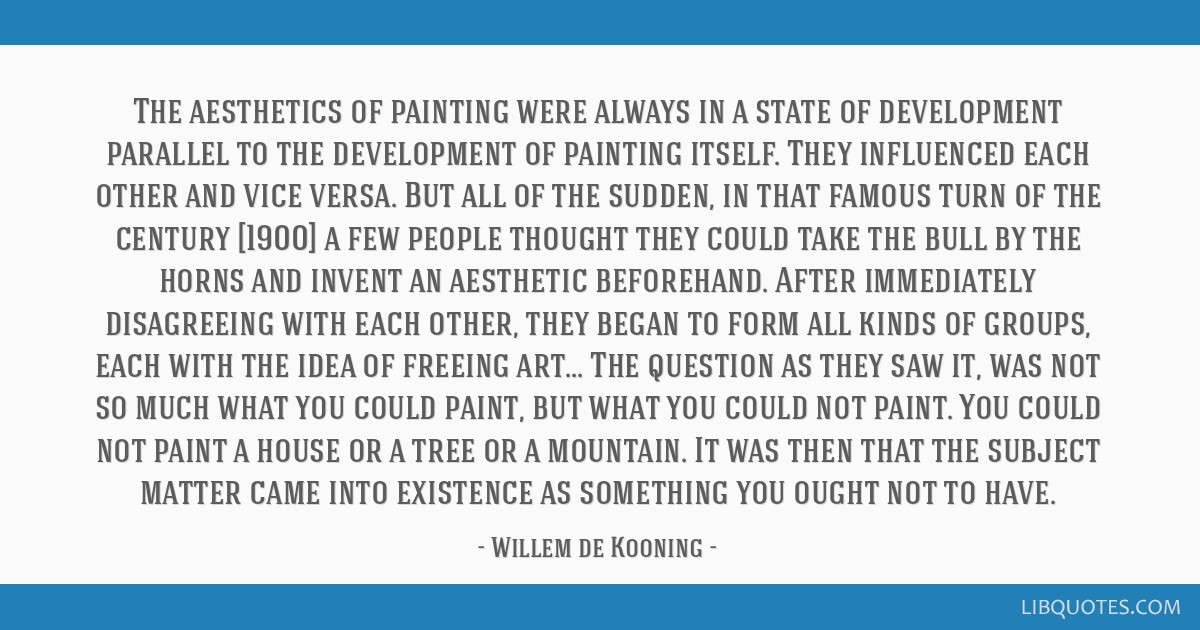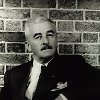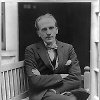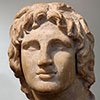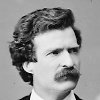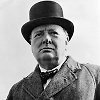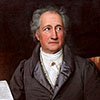The aesthetics of painting were always in a state of development parallel to the development of painting itself. They influenced each other and vice versa. But all of the sudden, in that famous turn of the century [1900] a few people thought they could take the bull by the horns and invent an aesthetic beforehand. After immediately disagreeing with each other, they began to form all kinds of groups, each with the idea of freeing art... The question as they saw it, was not so much what you could paint, but what you could not paint. You could not paint a house or a tree or a mountain. It was then that the subject matter came into existence as something you ought not to have.
De Kooning's speech 'What Abstract Art means to me' on the symposium 'What is Abstract At' - at the Museum of Modern Art, New York, 5 February, 1951
